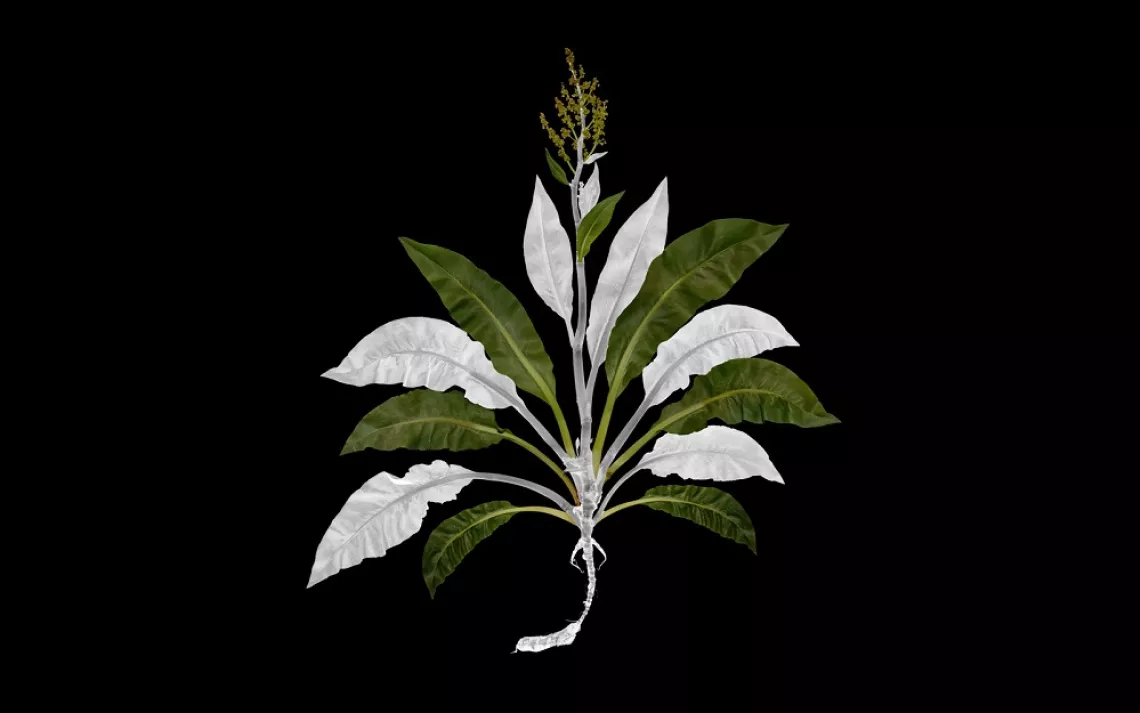5 Wild and Delicious Botanicals
Since 2008, J.W. Fike has been photographing and digitally illustrating America's rich diversity of edible botanical. Each photograph of his collection displays a single plant floating in an infinite black expanse. Fike says of his work, "The images stylistically resemble early photograms of botanicals specimens, but express contemporary concerns. My high-resolution digital images render the edible parts of the specimen in color, serving as an archive and guide during an era of extreme environmental and technological change." Here are five of our favorites.
Photographs by Jimmy W. Fike
 The Magazine of The Sierra Club
The Magazine of The Sierra Club








